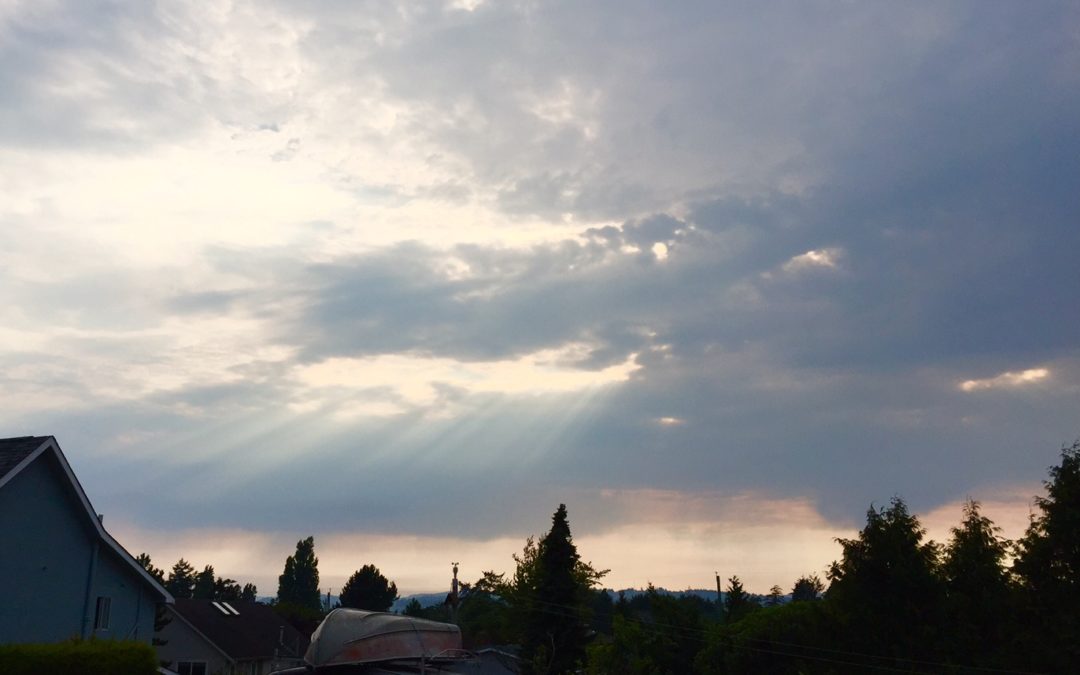Courtesy of the Times Colonist
We are at the winter solstice, when the sun ends its long decline and starts to turn back to us. Traditionally, this is a time of celebration, the real new year, when we mark the death of the old year and the birth of the new. It is a time to look forward hopefully to longer, warmer, sunnier days.
But finding hope is no easy task; on the contrary, I find good reason for pessimism, at least at the global level. We seem stuck in the same old, tired, harmful, neoliberal economic thinking and practice that has brought us to the brink of ecological system decline, perhaps even collapse.
It has also brought us unacceptable levels of inequality, which breeds anger, resentment and what the Americans are now calling the “diseases of despair” — drug and alcohol use and suicides that have reduced life expectancy in the U.S.
Unsurprisingly, I have been called a merchant of doom and gloom when it comes to describing the ecological and social crises we are creating, and there is some truth to that. But as a physician, I look upon it as akin to dealing with a patient with cancer.
We don’t believe we should hide the truth and pretend everything is fine, when it isn’t. On the contrary, we need to help patients face the facts and find a way to deal with their reality. But we also need to find a way to provide them with hope, as well as comfort and acceptance.
Faced with these huge global challenges, I am often asked how I can find hope and keep working in a positive way. Several years ago, a couple of my colleagues defined hope in an article in these pages in a way I find helpful: “Finding positivity in the face of adversity.” This certainly describes my approach, perhaps because I like a challenge. In fact, I have come to think of hope as a vaccine against despair.
I often find reason for hope — if not optimism — at the local level. Experience has shown that good things often start locally and move up, which explains why we should think globally, but act locally.
In part, I think this is because at a local level we are closer to the problem, and also because local governments tend to focus more on quality of life. But also, there are so many more local governments than provincial and level ones, and thus so many more opportunities for innovation and experimentation.
When I look around, I see that the seeds of a new economy and a new way of life that were sown back in the 1960s and 1970s are slowly beginning to sprout in communities around the world.
Globally, one useful source is the Optimist Daily, a free daily summary of “real news focused on the things that are working and the solutions that we can apply to our communities, and to our global civilization.”
Recent urban examples include an underground urban farm in Sweden that is heating the building above it; Los Angeles painting its blacktop white to reduce local summer temperatures; and a study that found that simple interventions such as public seating, inviting frontages and welcoming signs can make a big difference in how people perceive their cities.
On the energy front, a recent story highlighted “the world’s first zero-emissions fossil-fuel power plant” while another concerned a new cooling technology that “could cut an office building’s cooling electricity needs by 21 per cent in summer,” while new mini wastewater treatment plants are being installed in South Africa “that recover energy, clean water and fertilizer from sewage” while obviating “the need for the facilities to be connected to sewage systems.”
There are similar stories to be found right here in Victoria. And a good place to find them is Creatively United’s Solutions Hub, described as “a free community resource hub designed to help you learn more about the many amazing people and organizations in our community who are providing positive and sustainable solutions to ensure our region remains beautiful, healthy, happy and resilient.”
Check it out, so you, too, can find hope at the turning of the year.
—
Dr. Trevor Hancock is a professor and senior scholar at the University of Victoria’s school of public health and social policy.
thancock@uvic.ca

Thank you for sharing your sentiments here, Trevor. Having a community of people who are in touch with reality, and keen to explore solutions (rather than bury their heads in dispassionate media) is really valuable. I’m grateful to Creatively United for this, and so much more.